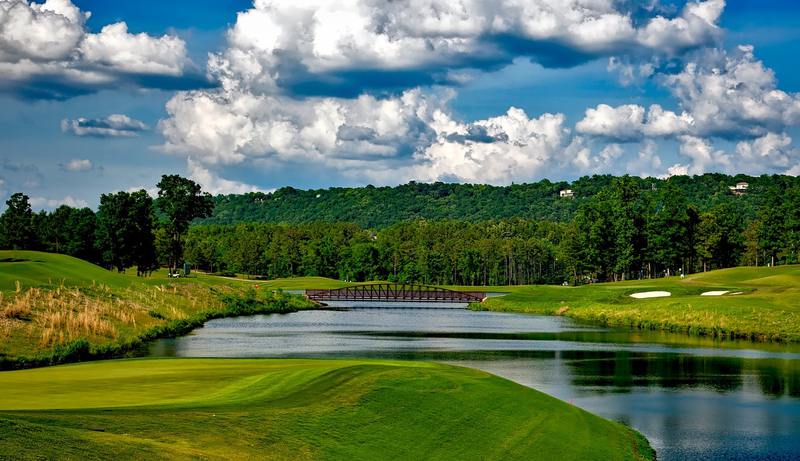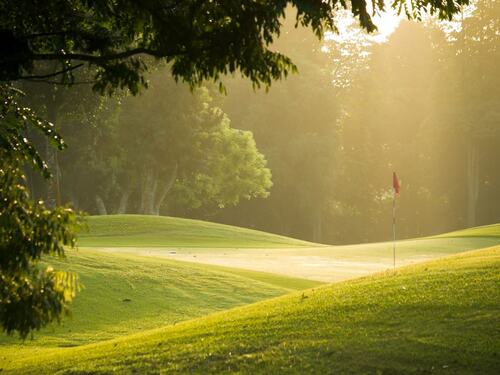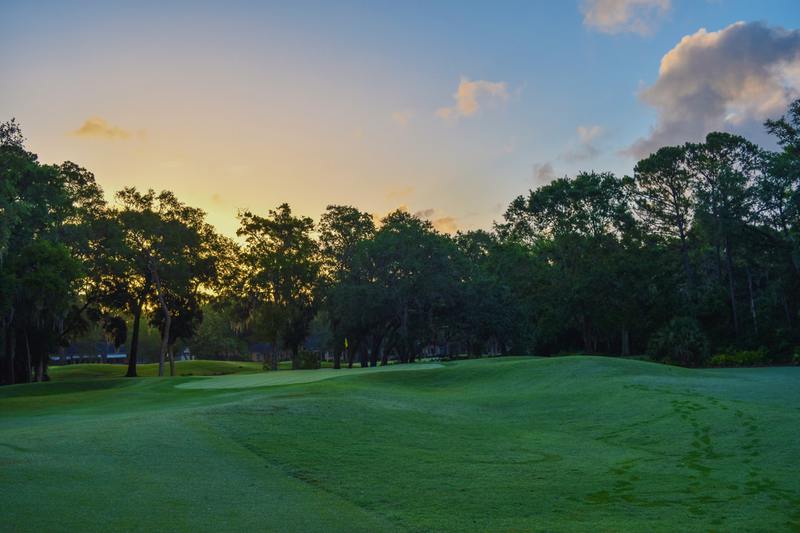Golf Course Landscaping Logistics
Golf Course Landscaping Logistics: Key Considerations for a Thriving Landscape
Maintaining a well-manicured golf course requires strategic landscaping , precise logistics, and ongoing care. Golf courses are more than just playing fields—they are carefully designed landscapes that balance aesthetics, functionality, and environmental sustainability. From tree management to turf care, every detail contributes to the overall experience for golfers while ensuring long-term sustainability.
In this guide, we’ll explore key logistics in golf course landscaping and how expert tree care plays a crucial role in keeping courses safe, healthy, and visually appealing.
The Role of Trees in Golf Course Landscaping

Enhancing Golf Course Landscapes with Tree Care – Image by Pixabay
Trees play a crucial role in golf course design , serving as natural windbreakers, defining fairways, and adding aesthetic value. However, poorly maintained trees can become hazards, obstruct views, or create unnecessary challenges for players. Proper tree care ensures a safe and enjoyable experience for golfers while enhancing the course’s visual appeal.
Strategic Tree Selection and Placement
Choosing the right tree species for a golf course is essential. The ideal trees should be low-maintenance, drought-resistant, and suitable for the local climate. In the San Francisco Bay Area, species like Coast Live Oak ( Quercus agrifolia ), California Sycamore ( Platanus racemosa ), and Monterey Pine ( Pinus radiata ) are commonly used due to their resilience and aesthetic appeal.
Strategic placement is just as important. Trees should:
- Define fairways without obstructing play
- Provide shade in high-traffic areas
- Enhance the landscape without causing root interference with turfgrass
- Minimize leaf litter and debris on greens and bunkers
- Tree Care and Maintenance for Golf Courses
Regular tree maintenance ensures that trees remain healthy and do not pose risks to players or course infrastructure.
Pruning for Safety and Aesthetics
Routine pruning removes dead or overhanging branches that may pose a danger during storms or high winds. Additionally, thinning out branches can improve airflow and sunlight penetration, promoting healthy turf growth beneath the canopy.
Pest and Disease Management
Golf courses are large, open landscapes that can be vulnerable to tree pests and diseases . Common threats in the Bay Area include:
- Oak Root Fungus ( Armillaria mellea ) – Affects oak and other hardwood species
- Pine Bark Beetles ( Ips and Dendroctonus spp. ) – Target pine and fir trees
- Anthracnose – A fungal disease that weakens sycamores and other deciduous trees
Routine inspections and preventive treatments can help golf course managers identify and mitigate these threats before they spread.
Tree Removal and Replacement
Sometimes, tree removal becomes necessary due to disease, storm damage, or interference with course playability. A professional tree care company can assess the situation and provide expert removal services while recommending suitable replacement trees to maintain course aesthetics.
Turfgrass Management: A Critical Component of Golf Course Landscaping

A Lush Golf Course Green at Sunrise
Healthy turf is essential for a high-quality golf course. Proper grass selection, irrigation, aeration, and maintenance practices ensure durability and resilience against foot traffic and weather conditions.
Choosing the Right Grass for the Bay Area
Different grass species offer varying levels of durability, shade tolerance, and maintenance needs. For the San Francisco Bay Area, commonly used golf course grasses include:
- Bentgrass (Agrostis spp.) – Ideal for putting greens due to its smooth surface and high density
- Bermudagrass (Cynodon dactylon) – Used in fairways and roughs due to its drought resistance
- Tall Fescue (Festuca arundinacea) – A versatile option for shaded areas and roughs
Irrigation and Water Management
Given California’s water restrictions, golf courses must use efficient irrigation strategies to maintain turf health while conserving water. Smart irrigation systems, drought-tolerant turf varieties, and mulching around trees can help minimize water waste.
Aeration and Soil Health
Compacted soil can lead to poor drainage and weakened turfgrass. Regular aeration—removing small plugs of soil—improves water infiltration and root growth, leading to healthier turf.
Sustainable Landscaping Practices for Golf Courses

Sustainable Golf Course Landscaping Through Tree Care – Image by Gotta Be Worth It
With increasing emphasis on environmental responsibility, golf courses are adopting sustainable landscaping practices to reduce their ecological footprint.
Eco-Friendly Pest Control
Integrated Pest Management (IPM) minimizes chemical pesticide use by incorporating natural predators, cultural practices, and selective treatments to control pest populations.
Drought-Resistant Landscaping
Replacing non-essential turf with native plants, drought-tolerant ground cover, and mulch can significantly reduce water consumption while enhancing the natural beauty of the course.
Wood Recycling and Upcycling
Dead or removed trees from golf courses don’t have to go to waste. Arborist Now specializes in upcycling salvaged wood into furniture, mulch, or other eco-friendly products, contributing to a more sustainable landscape management approach.
Partnering with Tree Care Experts for Golf Course Success
Maintaining a golf course’s landscape requires expertise in tree care, turf management, and sustainability. Arborist Now offers professional tree care services tailored to the unique needs of golf courses in the San Francisco Bay Area. From tree selection and pruning to pest management and removal, our team ensures your course remains safe, beautiful, and environmentally responsible.
Final Thoughts
A well-maintained golf course is a combination of strategic landscaping, proper tree care, and sustainable management practices. By implementing these key logistics, golf course managers can create an inviting, environmentally friendly, and high-performing landscape that enhances the golfer’s experience.
If you need expert tree care for your golf course, contact Arborist Now today to learn how we can help optimize your landscape.
Originally published on March 7, 2019.


